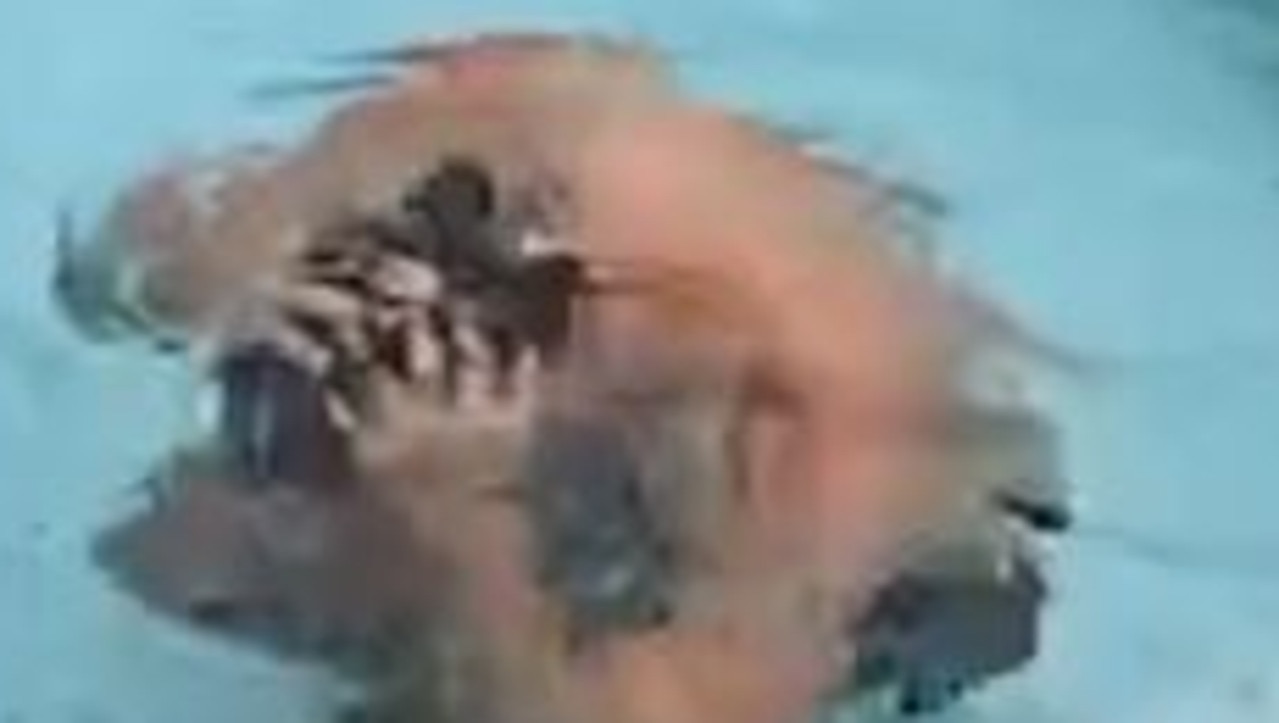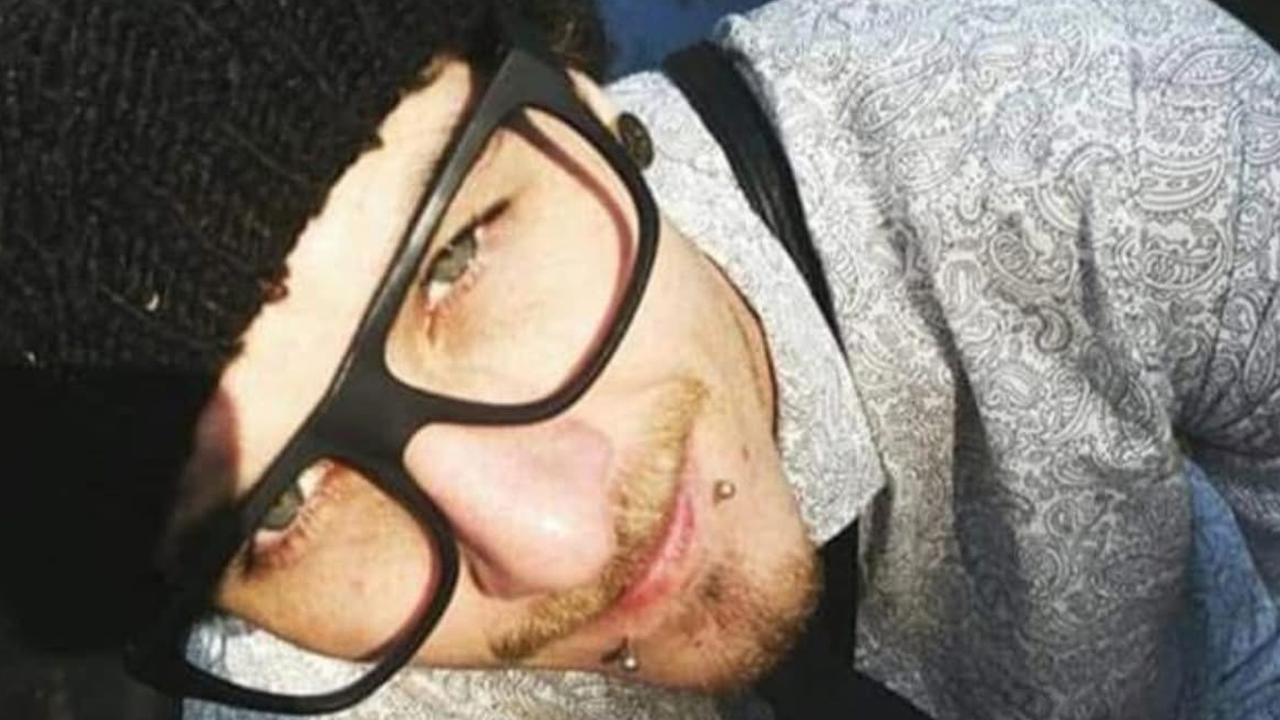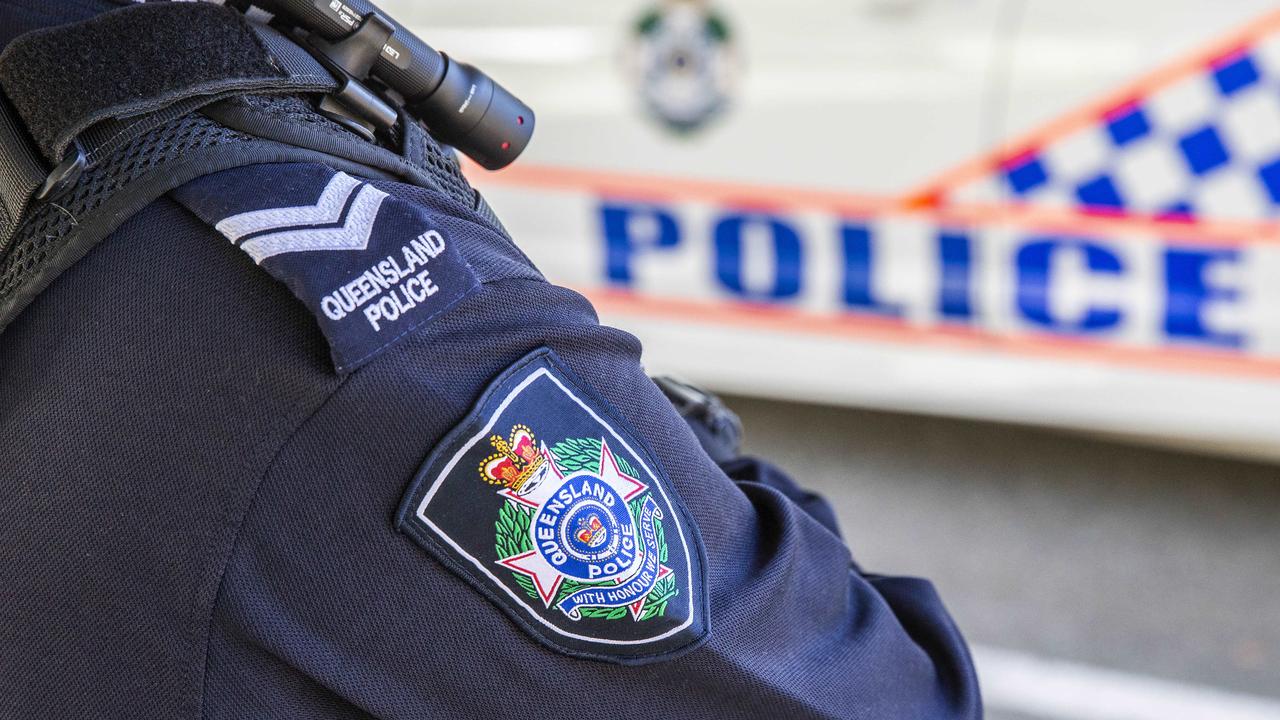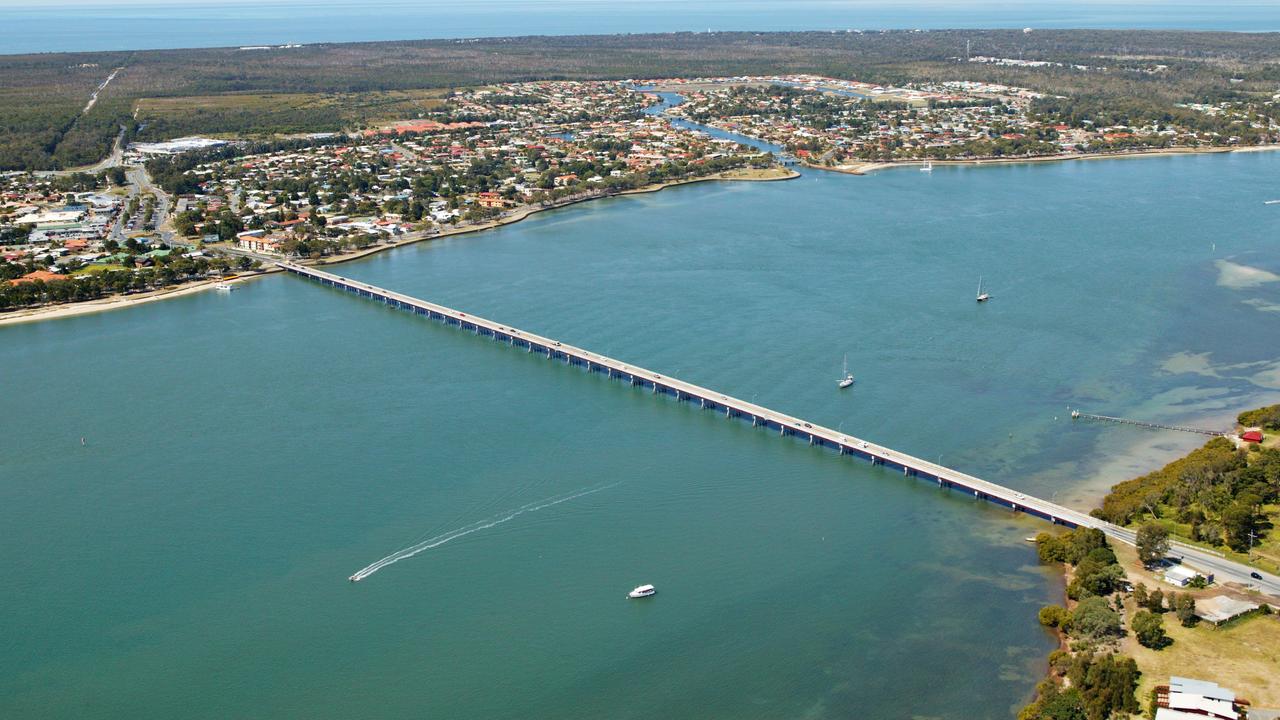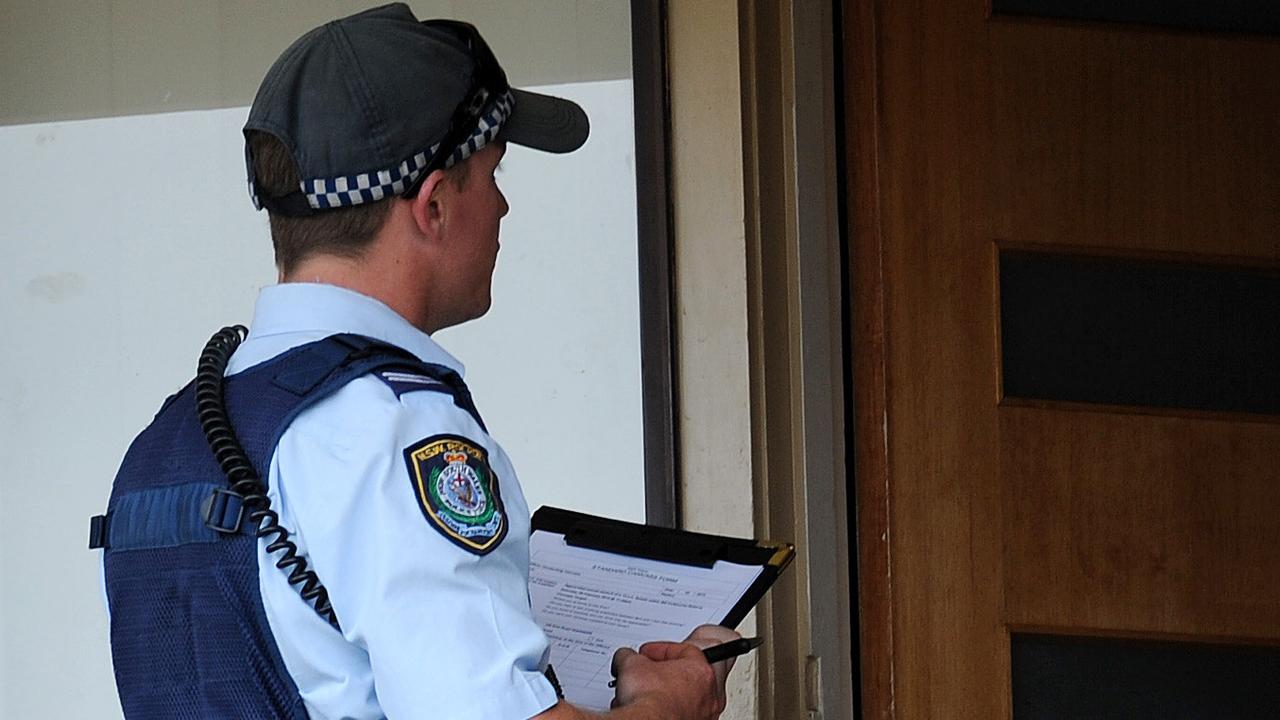NSW police call for DNA samples in bid to solve missing person cases
The area between the Queensland border and Newcastle has recorded a huge number of missing people cases over the years – and police can’t explain why.
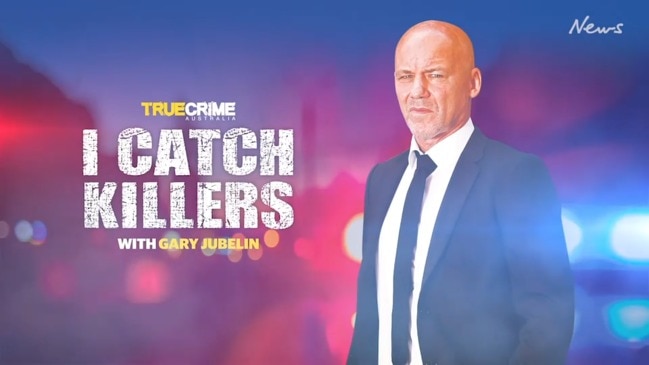
QLD News
Don't miss out on the headlines from QLD News. Followed categories will be added to My News.
The families of missing people have been asked to volunteer their DNA at pop-up collection centres in a bid to solve hundreds of unidentified remains cases and suspected murders.
The collection drive is believed to be a world first for law enforcement and aimed at finally identifying 330 “John and Jane Does” — the nameless bodies and bones found all over NSW that date back to 1964.
The groundbreaking program is being rolled out in Coffs Harbour and Port Macquarie in the northern region, which police likened to the “Bermuda triangle” due to the high number of people who vanish without a trace.
“We are hoping to get three or four family members for each long-term missing person from the northern region,” State Crime Commander Acting Assistant Commissioner Darren Bennett said.
“From that we may be able to put someone’s mind at ease down the track. It is not in a pleasant way because we are comparing these samples to human remains we have on hand but it will give closure in some of those cases.”
The northern region, which stretches from Newcastle to the Queensland border, has 192 unsolved and long-term missing person cases — people who haven’t been seen for more than three months.
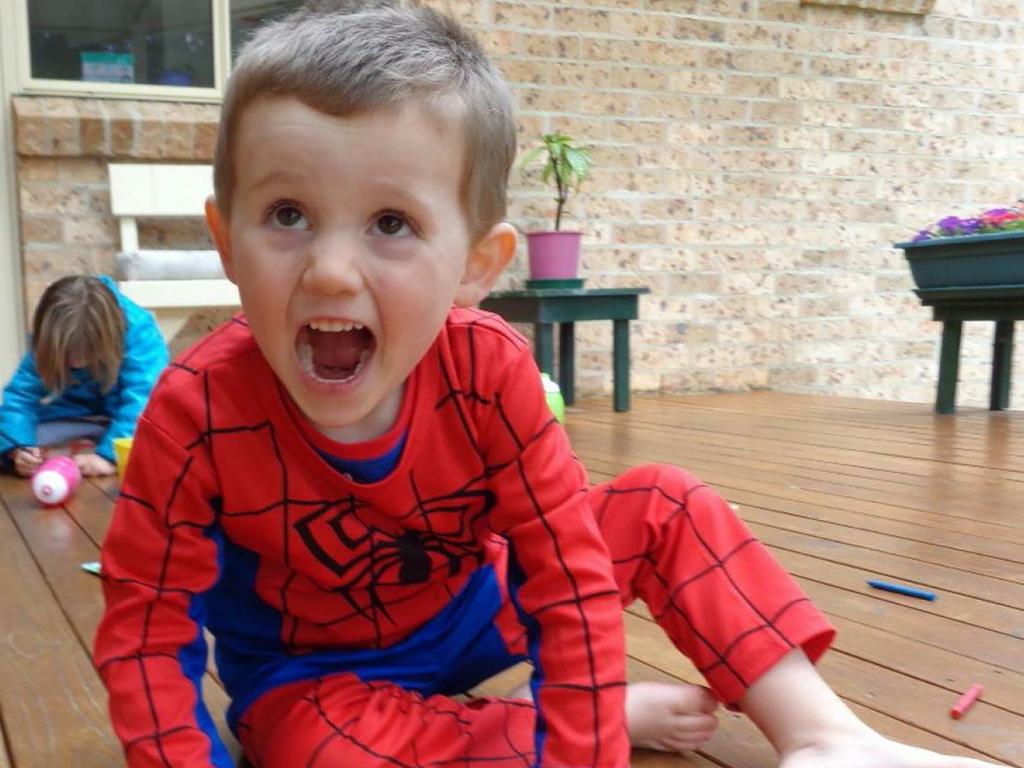
That number is 50 per cent higher than any other area in NSW but police can’t explain why. Among those cases are suspected murders of young hitchhikers, backpackers and children, including three-year-old William Tyrrell.
Mr Bennett said police picked the Mid North Coast for the pilot program because of the sheer volume of missing people who had never been found.
“We definitely hope to make it a statewide program,” he said.
Police Minister David Elliott said every long-term missing person had loved ones seriously impacted by their loss. It is crucial that we do everything in our power to ease their pain.”
The Missing Person Unit has undergone a massive shake up in recent years after a series of blunders, aired in coronial inquests, forced an overhaul.
Since 2019, the new Missing Persons Registry has reviewed 769 long-term missing person cases and uncovered that many were lacking DNA samples from close relatives or the person missing.
DNA from close relatives, like parents and children, are preferable when it comes to comparisons. But police say three or four samples from other relatives, like aunts or cousins, can help trace family trees and check for genetic matches. Law enforcement agencies have latched on to forensic genealogy as a way of identifying nameless victims but also cracking cold cases.
While the science was instrumental in solving high profile mysteries like the Golden State Killer in California, NSW Police said the DNA samples captured in its collection program will only be used for missing persons.
Relatives can book an appointment to attend either the Coffs Harbour or Port Macquarie pop-up centres, on February 8 and 9 and February 11 and 12 respectively, and provide a buccal swab.
The Forensic Evidence and Technical Services unit will then compare DNA profile against the Unidentified Bodies Index.
Families who have provided DNA samples in the past are encouraged to book an appointment for a new swab.
If you are the relative of a long-term missing person in the northern region and would like to make a booking contact 1800 025 091 or missingpersons@police.nsw.gov.au
* Coffs Harbour DNA Collection Centre – Cavanbah Centre, 192 Harbour Drive. 10am to 7pm on February 8 and 9
* Port Macquarie DNA Collection Centre – Historic Courthouse, 35 Hay St. 10am to 7pm on February 11 and 12
WAITING FOR ANSWERS
Rose Howell walked out the front door of her home on April 11, 2003, with birthday invitations at the front of her mind. She was on the cusp of celebrating her 19th birthday and had planned a party at home in the tiny community of Bundagen on the Mid North Coast.
“Theme Party!” the black and white invitation read.
“Bundagen, the Banana village, at the end of the road follow the balloons and streamers.”
The 18-year-old made it to Bellingen, where she handed out the invites to her friends, and was seen hitchhiking on the road towards her home. But she never made it there.
“It kind of gnaws at you all the time and even after 18 years, it doesn’t stop,” mother Malila Howell told The Sunday Telegraph.
“There is still this big hole in your life.”

Ms Howell, 71, has spent countless hours searching the forest that surrounds her home for her daughter. She plastered missing person posters all over town and shuddered every time she heard news about a body found on the Mid North Coast. Even though it’s been 18 years since her only daughter vanished without a trace, there is a part of Ms Howell that expects Rose to walk through the door.
“I still think of her every day and think she is going to walk around the corner,” she said.
Rose is one of 192 long-term missing people in NSW’s northern region. More people have gone missing in the region, which stretches from Newcastle to the Queensland border, than anywhere else in NSW.
People are harder to find too with the area also having the highest number of historical missing person cases in the state. Reflective of the North Coast’s transient population, from tourists to wanderers and nomads, many of those historical cases involve young hitchhikers.
While hitchhiking is now approached with great caution, 20 years ago it was a popular way of getting between the idyllic towns dotted across the North Coast.
Rose was meant to get a lift home with a friend from Bellingen to Bundagen on April 11 but it turned it down because she wasn’t ready.
The last confirmed sighting of Rose was about 5.30pm that night on the Pacific Hwy near Perry Hill — about 5km from home.
“Immediately after she went missing, there was a time of frantic madness of not being able to stop looking for her,” Ms Howell said.
“I probably did that for nine months to a year, searching the forest. I would see a rag by the side of the road and wonder if it was jeans. It was crazy.”

In 2013, after a coroner found Rose had likely met with foul play, the case was referred to the unsolved homicide team. Many theories have run through Ms Howell’s mind, some bearable and others unspeakable, but she doesn’t believe her daughter committed self-harm or ran away.
Rose, who had Asperger’s syndrome, had close friends, a sense of humour, loved playing guitar and had been invited to join a band.
Immediately after she disappeared, Ms Howell provided a DNA sample to police and officers collected Rose’s hair brush and some of her books. But with the advancement of forensic science in mind, Ms Howell has booked an appointment at the missing persons DNA collection centre to provide a new sample, alongside her son — one of Rose’s three brothers.
“It is 18 years later, they may have new modern DNA technology and it could be helpful,” she said.
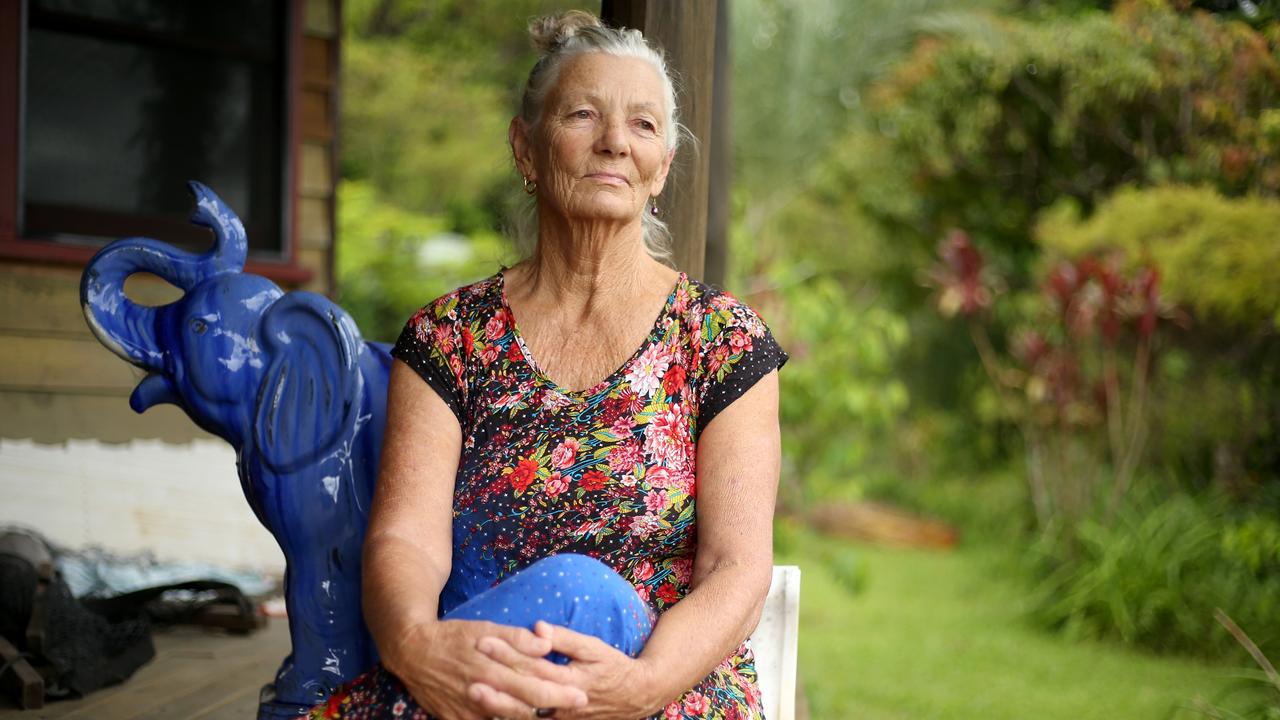
Five years earlier, Rodney Bradridge disappeared in similar circumstances in Mullumbimby, near Byron Bay.
The charismatic 23-year-old had returned home after a stint living and working on the northern beaches in Sydney. The musician was staying with his mother in Byron Bay while he worked out his next move in life.
On May 22, 1997, Rodney, with a tent in his backpack, asked his mum for a lift
to Frasers Road in Mullumbimby. He was an experienced camper and usually set off to the countryside on his motorbike, pitching a tent on the side of the road whenever he felt weary. His family expected to see him within a couple of days. “I wasn’t that worried because I thought he found a place to camp or hooked up with friends,” brother Craig Bradridge said.
“This was pre-mobile phones and the internet. But this went on for a few days and we still hadn‘t seen him.”

The State Emergency Service and NSW Police crawled through the dense bushland in the Northern Rivers Hinterland with cadaver dogs searching. No trace of Rodney was found.
“One of the experts came to the conclusion that he left that area because there was nowhere to camp, hitchhiked out of there and something happened,” Mr Bradridge, 48, said. “There is no way he could have disappeared without a trace.
“For the longest of times you just have to hang on that he is OK and will be OK.
“But you get to a stage and think you have to let this go, there is a possibility that you may never know.
“That’s the only thing you can be certain of — that you won’t ever know.”
Mr Bradridge, who lives near Ballina, and his father plan to travel Coffs Harbour next month to provide DNA samples as part of the missing persons collection program.
His mother had provided a DNA sample not long after Rodney went missing but police have asked for multiple family members to come forward.
While samples from close biological relatives, like parents or children, are best, police say it can help to collect samples from three or four other relatives, including siblings or grandparents, to compare against unidentified human remains.
One of the most difficult parts of being the family of a missing person is not knowing how to help, Mr Bradridge said.
“You feel so hopeless and that you can do nothing to help,” he said.
“But any opportunity that might give rise to the chance of answering this mystery is worth doing.”
More Coverage
Originally published as NSW police call for DNA samples in bid to solve missing person cases





